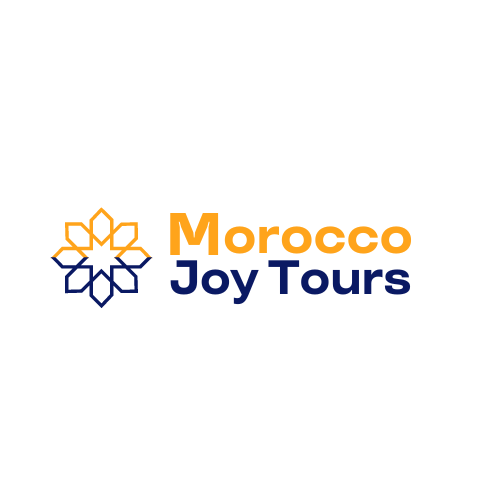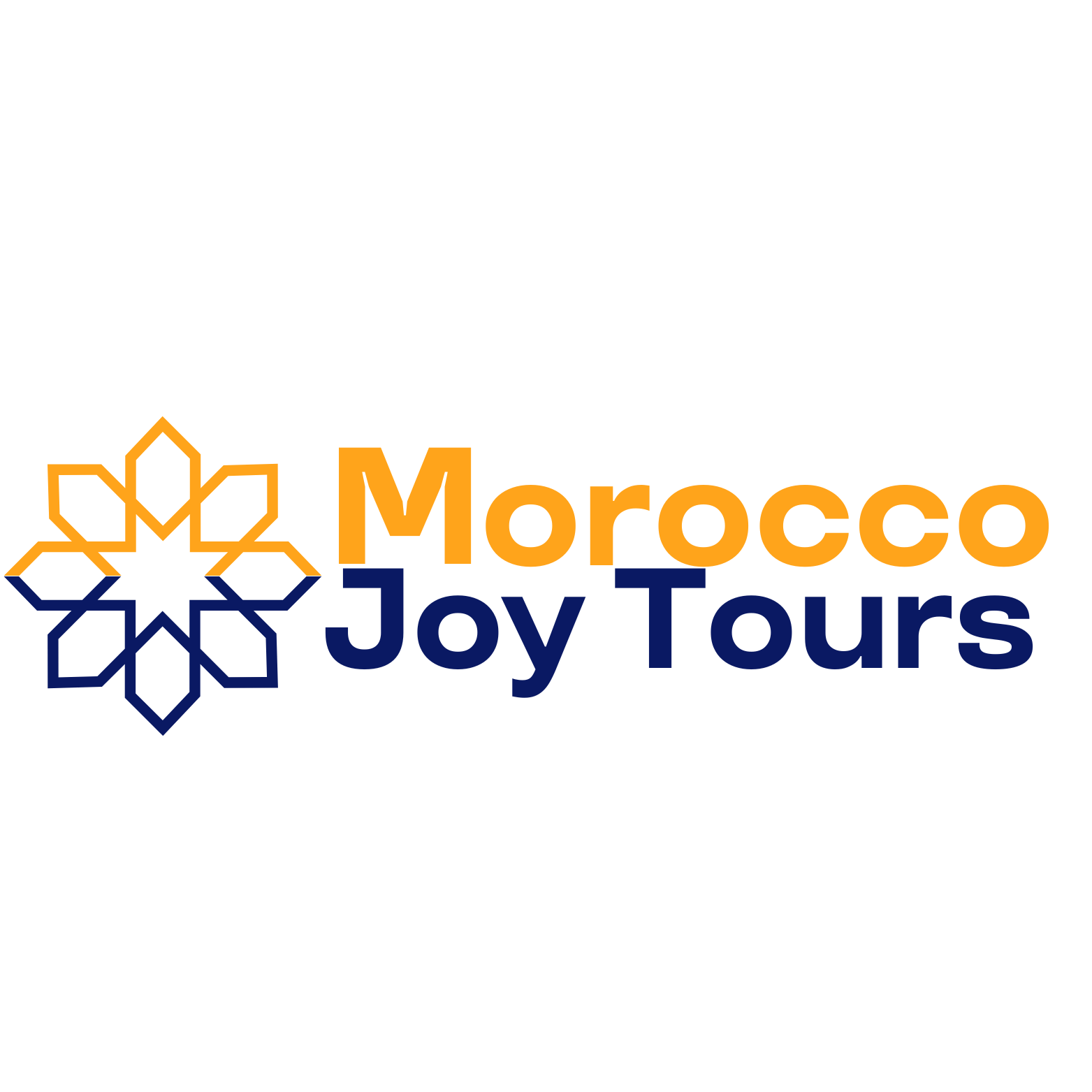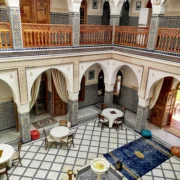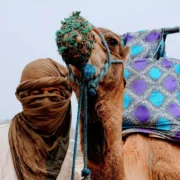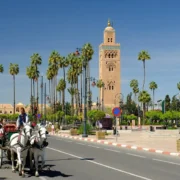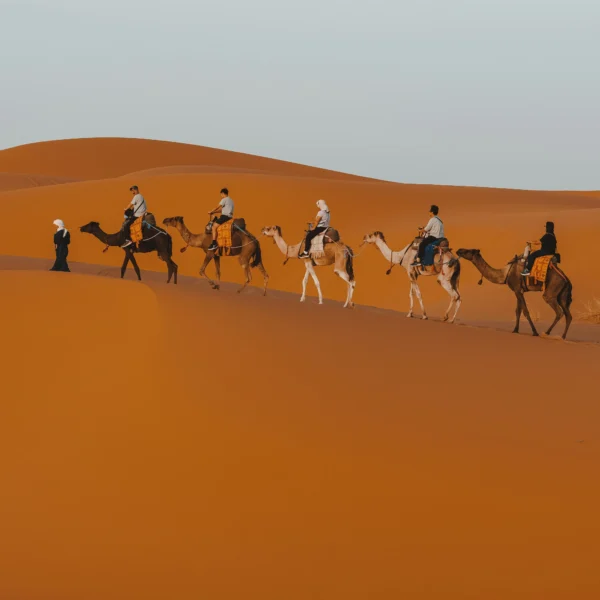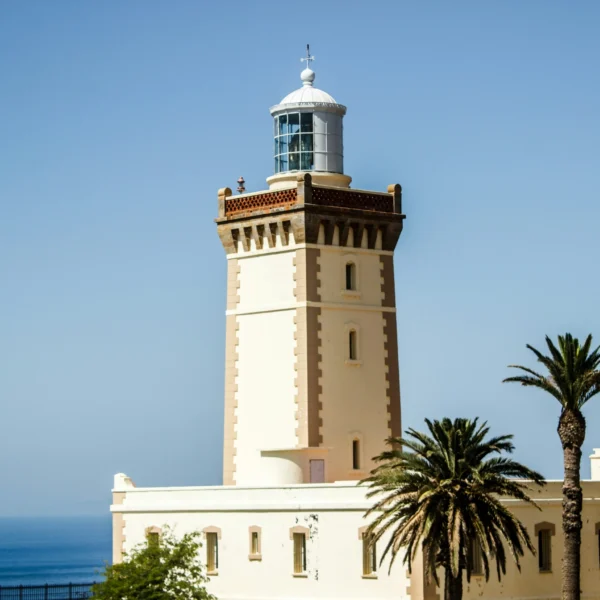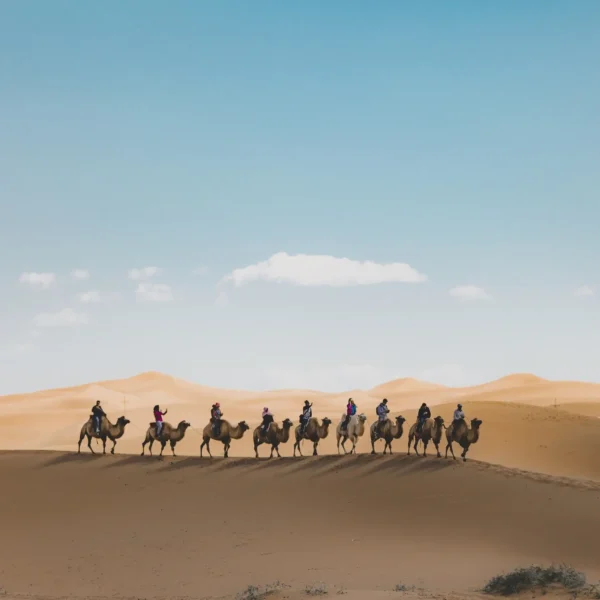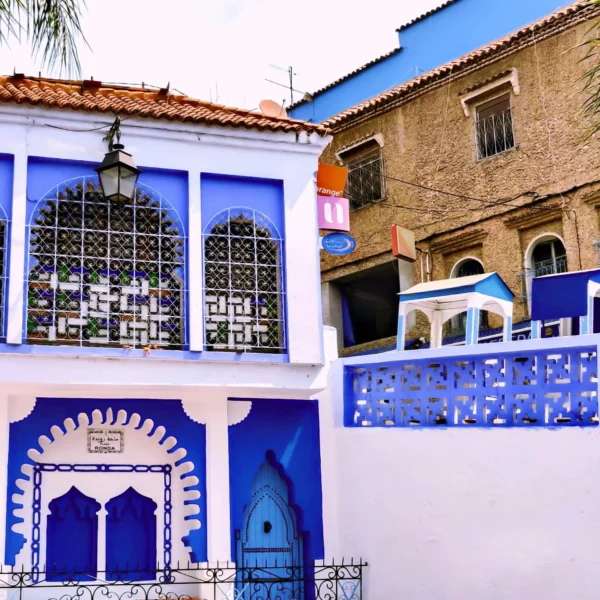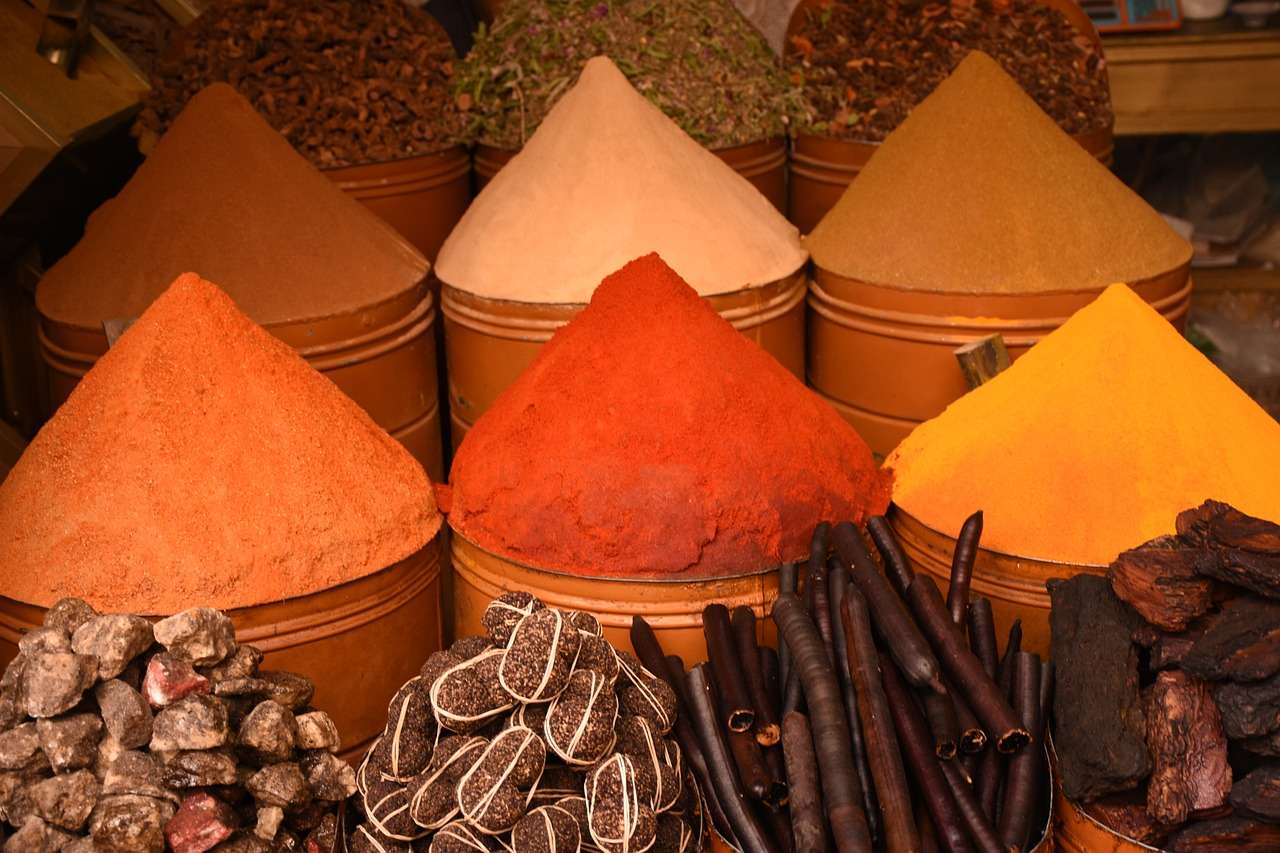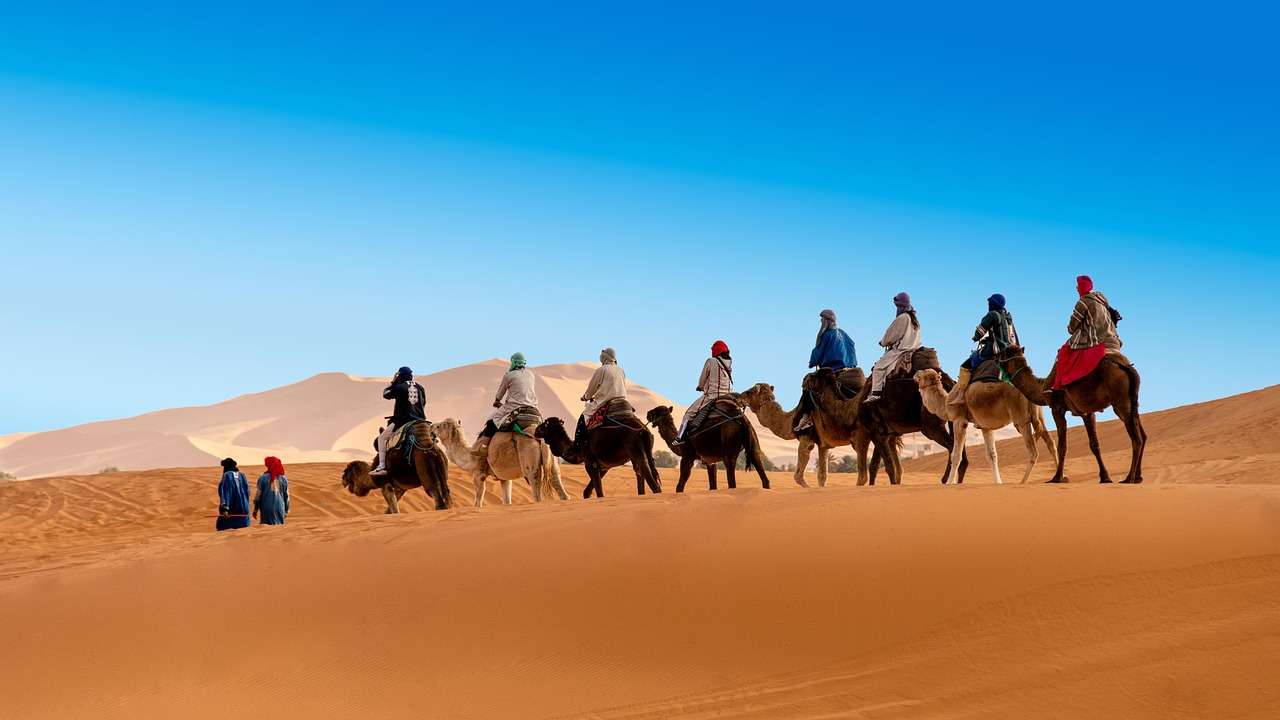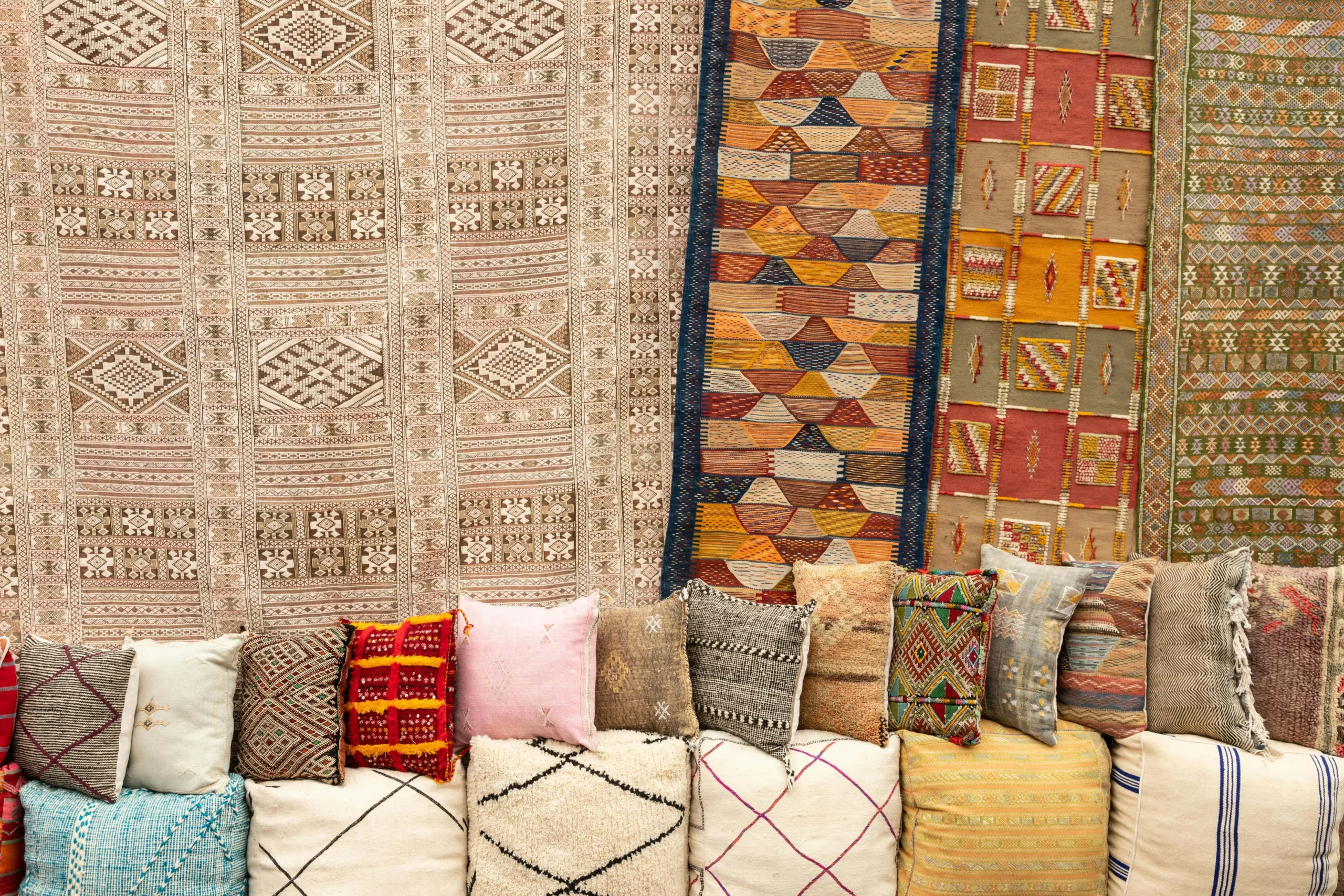
The Irresistible Allure of Moroccan Rugs: A Journey Through Tradition and Style
Table of Contents
ToggleIntroduction to Moroccan Rugs
Have you ever walked into a room and felt like the floor was telling a story? That’s what Moroccan rugs do—they whisper tales of centuries-old traditions, vibrant cultures, and the hands that crafted them. Whether it’s the soft, creamy tones of a Beni Ourain or the bold, colorful patterns of an Azilal, these rugs are more than just pieces of fabric; they’re works of art with soul.
Moroccan rugs have been part of the country’s cultural tapestry for thousands of years. Originally created by Berber tribes as functional items—for warmth, seating, or even as wedding gifts—they evolved into symbols of identity, status, and creativity. Each rug is handwoven using techniques passed down through generations, making every piece unique. Owning a Moroccan rug is like having a little piece of Morocco itself in your home.
The Rich History of Moroccan Rugs
Origins of Moroccan Rug Weaving
Moroccan rugs trace their roots back to the indigenous Berber people, who settled in North Africa long before the Arab conquests. The Berbers relied heavily on wool from their sheep, which became the foundation of their weaving tradition. Early rugs were simple yet practical, designed primarily for warmth and durability.
Evolution Over Centuries
As trade routes expanded, Moroccan rug designs evolved, incorporating influences from Arabic, European, and Islamic cultures. The Islamic Golden Age introduced geometric shapes, while European colonization brought new colors and patterns. Today, Moroccan rugs blend tradition with contemporary aesthetics, maintaining their cultural essence while adapting to modern design trends.
Types of Moroccan Rugs

Beni Ourain Rugs
Known for their thick pile and neutral tones, Beni Ourain rugs come from the Middle Atlas region. Made from undyed wool, they feature simple diamond patterns that symbolize protection and fertility. These rugs complement minimalist and Scandinavian interiors beautifully.
Boucherouite Rugs
Boucherouite rugs (pronounced boo-sher-weet) are made from recycled fabric scraps, making them an eco-friendly option. Their colorful, patchwork designs reflect the creativity and resourcefulness of Moroccan artisans.
Azilal Rugs
Hailing from the High Atlas Mountains, Azilal rugs are known for their vibrant hues and abstract, asymmetrical designs. They bring a playful and artistic touch to any space.
Other Popular Styles
Other notable styles include Taznakht rugs, known for their luxurious silk blends, and Kilim rugs, which feature flat-weave construction. Each style offers a unique aesthetic and cultural significance.
Materials Used in Crafting Moroccan Rugs
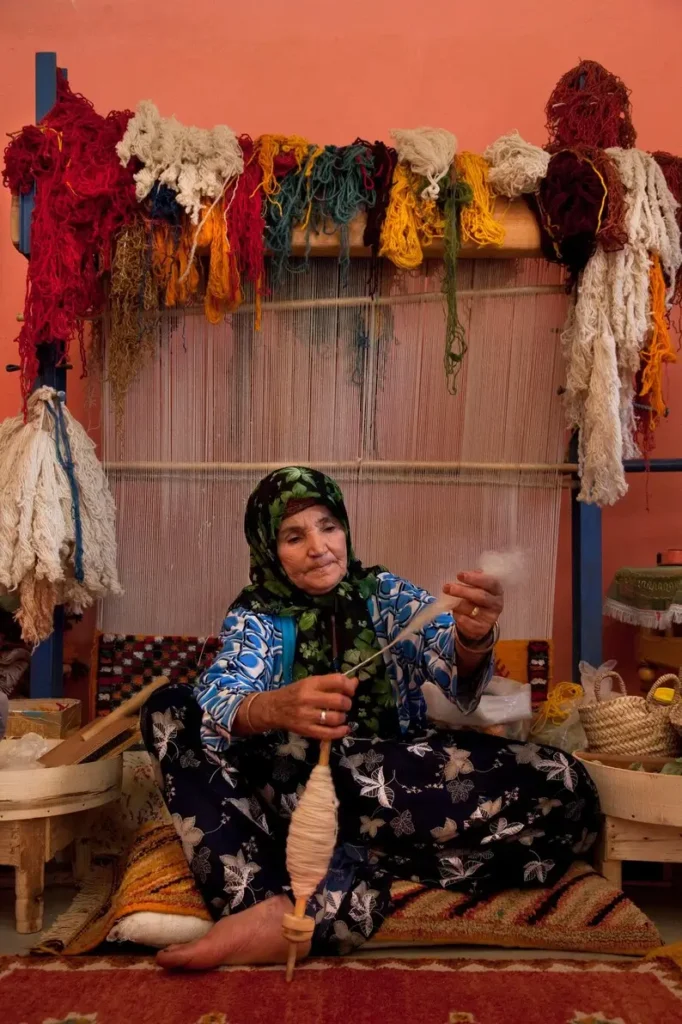
Wool: The Primary Material
High-quality Moroccan rugs are made from natural wool, valued for its durability, softness, and ability to hold dyes well.
Natural Dyes vs. Synthetic Dyes
Traditionally, Moroccan rugs were dyed using plant-based ingredients such as saffron, henna, and pomegranate skins. While synthetic dyes are now common, natural dyes provide richer, longer-lasting colors.
Symbolism in Moroccan Rug Designs
Common Patterns and Their Meanings
Moroccan rugs are rich in symbolism. The classic diamond shape represents femininity and fertility, while zigzag patterns symbolize water, a precious resource in Morocco. Chevrons often depict mountains or spiritual pathways.
Cultural Significance of Symbols
Beyond aesthetics, these symbols connect us to Moroccan heritage. When you purchase a Moroccan rug, you support local artisans and preserve a centuries-old tradition.
How to Choose the Perfect Moroccan Rug
Factors to Consider When Buying
When selecting a Moroccan rug, consider:
- Room placement: Thick Beni Ourain rugs work well in bedrooms, while flat-weave Kilims are ideal for high-traffic areas.
- Size: Ensure the rug covers at least two-thirds of your floor space.
- Durability: If you have pets or children, opt for a sturdy wool rug that can withstand daily wear and tear.
Tips for Identifying Authentic Pieces
To spot a genuine Moroccan rug:
- Look for slight irregularities in the weave—handmade rugs are never perfectly symmetrical.
- Check the back of the rug for consistent stitching.
- Ask the seller about the rug’s origin and materials.
Caring for Your Moroccan Rug
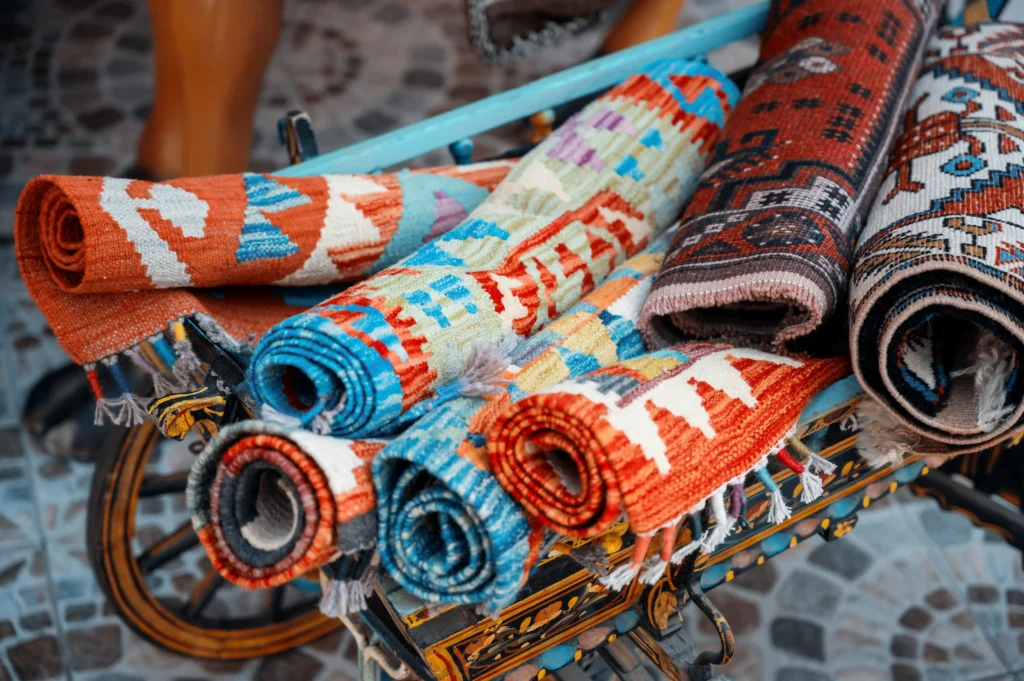
Cleaning and Maintenance Techniques
- Vacuum regularly to prevent dust buildup.
- Spot clean spills immediately using a damp cloth and mild soap.
- Avoid harsh chemicals, as they can damage natural dyes.
- Consider professional cleaning for deep stains or odor removal.
Storing Your Rug Properly
If you need to store your rug:
- Roll it up instead of folding it to prevent creases.
- Store it in a dry place away from direct sunlight.
- Use moth repellents like cedar blocks or lavender sachets.
Where to Find Genuine Moroccan Rugs
Shopping Locally in Morocco
For the best selection, visit the bustling souks of Marrakech, Fez, or Rabat. These markets offer authentic, handcrafted rugs sold directly by artisans. Bargaining is part of the shopping experience, so don’t be afraid to negotiate!
Online Retailers Offering Authentic Pieces
If you can’t travel to Morocco, reputable online retailers sell genuine Moroccan rugs. Look for sites with detailed descriptions, high-quality images, and transparent sourcing information.
Exploring Morocco: Discovering the Art of Rug Making
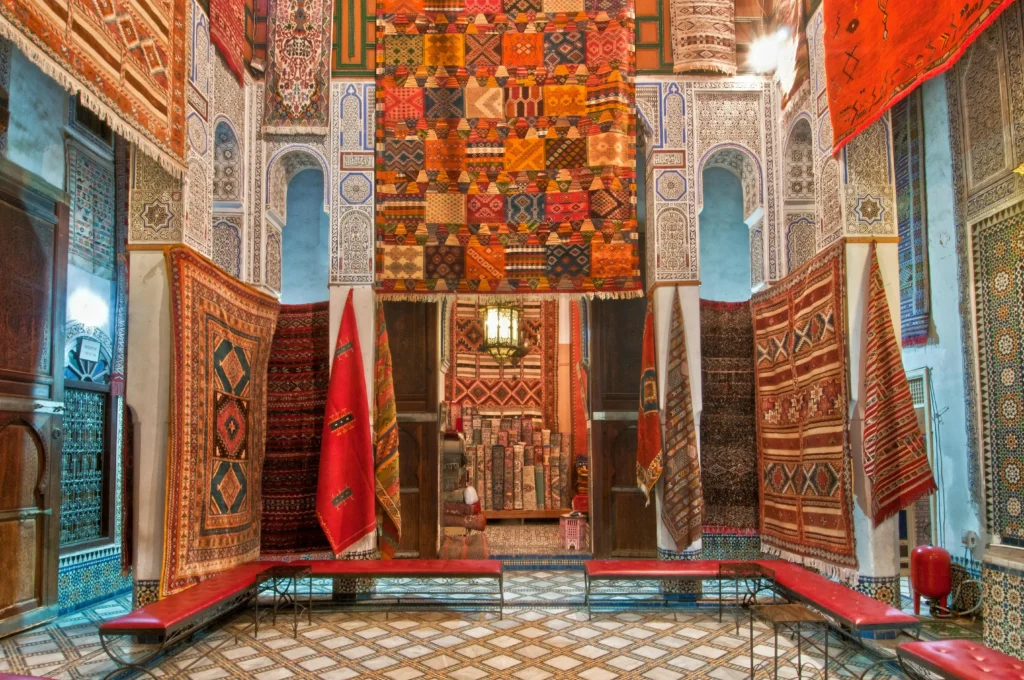
Why Visit Morocco for a Deeper Understanding
Visiting Morocco allows you to see the rug-making process firsthand. You’ll meet skilled artisans, explore vibrant souks, and immerse yourself in a culture where weaving is an art form.
Recommended Tour: Morocco Joy Tours
For an unforgettable experience, consider booking a tour with Morocco Joy Tours. Their expert guides take you through Morocco’s heartland, introducing you to local weavers and sharing the rich history behind these masterpieces.
FAQs About Moroccan Rugs
Q1: Are all Moroccan rugs handmade?
A1: Most authentic Moroccan rugs are handmade, though some modern versions may use machine assistance.
Q2: What makes Beni Ourain rugs so special?
A2: Their soft wool, neutral tones, and timeless geometric patterns make them a favorite for modern interiors.
Q3: Can I negotiate prices when buying rugs in Morocco?
A3: Yes! Bargaining is expected in Moroccan markets. Start with a smile and be prepared to haggle.
Q4: Is it safe to buy Moroccan rugs online?
A4: It’s safe if you buy from reputable sellers with strong customer reviews and clear return policies.
Conclusion
From their storied past to their timeless beauty, Moroccan rugs are more than just home decor; they’re living pieces of history. Whether you choose a neutral Beni Ourain, a colorful Azilal, or a sustainable Boucherouite, these rugs add warmth, character, and culture to any space.
If you’re passionate about craftsmanship, history, and Moroccan culture, why not take it a step further? Explore Morocco with Morocco Joy Tours and witness the magic behind these incredible rugs in person.
For more information about the Moroccan craftsmanship, check out this article here.
